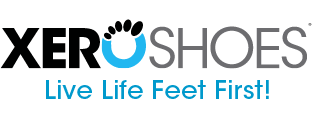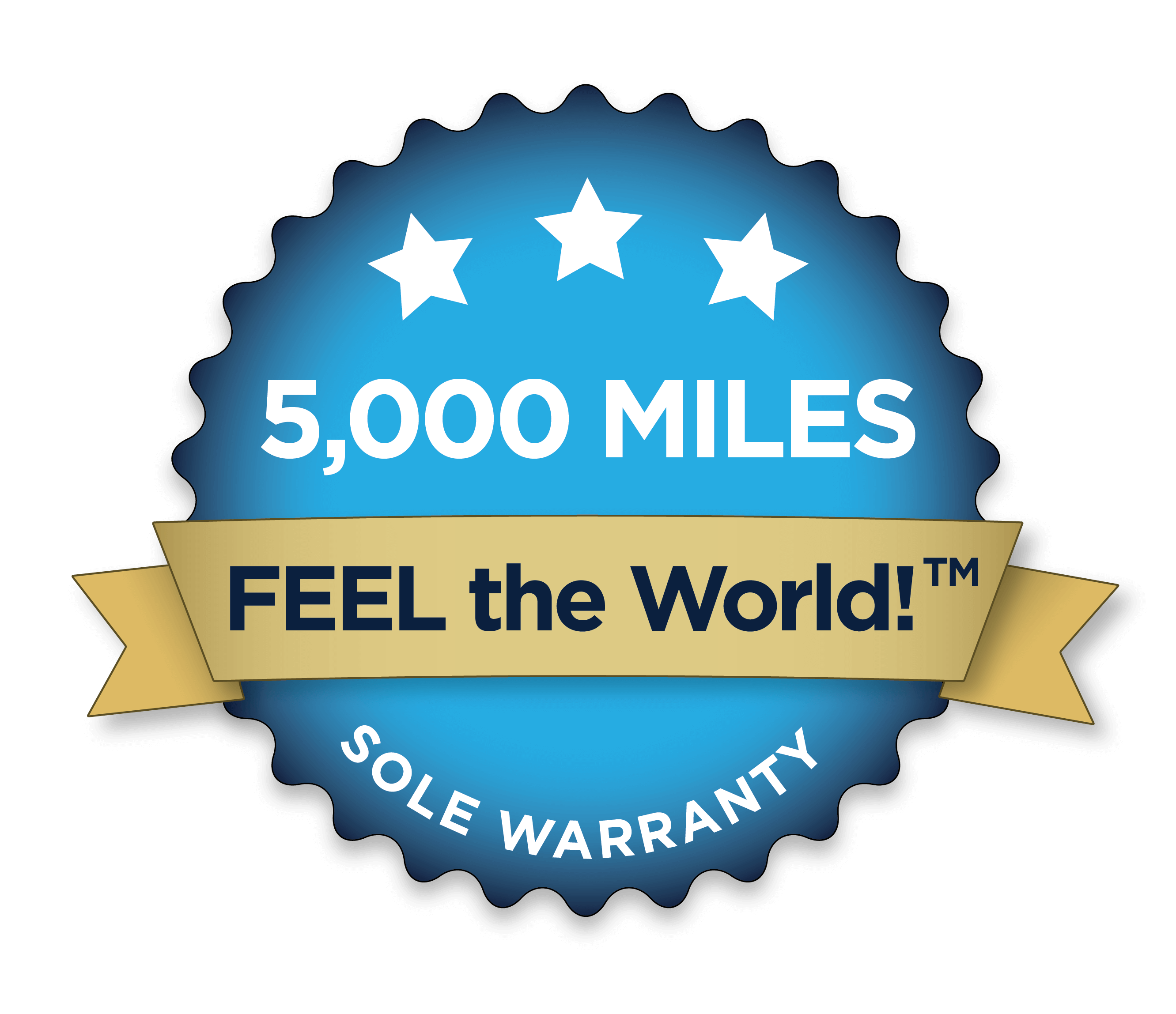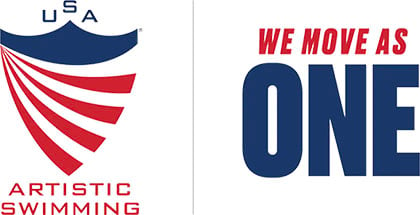There is certain footwear that was designed to help your feet move naturally. Similarly, there are certain movement patterns that your body was designed to do. These are called the “primal movement patterns.” The primal movement patterns should form the basis for your fitness plan if you want to move better, achieve better sports performance, or simply make activities of daily living easier.
Over time, the primal movement patterns have slowly been neglected in the lives of many modern people. Perhaps you’ve gradually stopped moving the way nature intended as your lifestyle became more sedentary? Driving cars for long periods and sitting at desks all day are two of the modern day behaviors that take us away from having healthy, functional bodies if they are not adequately compensated for.
So what are these primal movement patterns that your body was designed to do? And what type of fitness sessions can help you weave them into your plan? Let’s find out!
The primal movement patterns
- Squat
Observe toddlers doing this one if you want to check out some great form! Squats work your full lower body, specifically your quads, hamstrings and glutes. The squat movement provides a powerful foundation for most sports, as well as everyday tasks like picking things off the ground.
- Lunge
Working similar muscles to the squat, lunges are another fantastic exercise for the lower body. They are performed in a split stance so require a bit of extra balance and co-ordination as compared to the squat. Practice your lunges to get a great leg reach and push when you’re out climbing rocks, or to take really strong strides when you’re hiking up a hill in your DayLite Hiker.
- Push
The push movement pattern is the one you would do in a push up, or during a bench press. The push action works your chest, triceps and the front of your shoulders. It enables you to push your bodyweight out of a swimming pool easily and to get the inertia needed to push a heavy door or trolley.
- Pull
Working the opposing muscle groups to push exercises, the pull movement pattern focuses on your back, biceps and rear shoulders. It helps to create a balanced, tall posture and is a great counter-action to the forward rounding posture you might find yourself in when driving a car or sitting at a desk. In terms of workout exercises, the chin up, lat pulldown and seated row are all good examples of the pull movement pattern.
- Bend
Bending involves hinging forward at the hips with a long, straight spine. It’s a common movement that is often done in place of a squat; for example bending down to pick a baby up off the ground. It may well be the movement pattern with the highest risk for injury, as a result of lower back issues stemming from a weak and/or inflexible spine. The straight legged deadlift is an example of a gym based exercise that uses the bend movement pattern.
- Twist
Often neglected in workouts, the twist movement pattern is used in a huge number of everyday activities. You twist when you turn to look back over your shoulder, or to throw a ball. Twisting even occurs during walking and running. The twist pattern is often added to another movement pattern. For example, a twist could be added to the bottom of a lunge. It’s also done on its own in the case of exercises such as cable wood chops and medicine ball twists.
- Gait
Last but certainly not least is gait, which is essentially walking and running. Yes, you were born to run! So whether you’re taking a leisurely stroll through the city in the Hana, or you’re hitting the trail in your Terraflex, you’ll be executing the gait movement pattern.
So how can you incorporate these primal movement patterns into your fitness plan? Here are a few ideas…
Primal fitness sessions
- Do a bodyweight workout that incorporates variations of the primal movement patterns. This is a great option because you can do it anytime, anywhere, and you can even do it completely barefoot. Find a progression level of each movement pattern that suits your ability and you’ll be sorted!
- Try a CrossFit class. CrossFit classes incorporate primal movement patterns using your own bodyweight and small equipment. The CrossFit philosophy aligns with the barefoot movement so many attendees will likely opt to wear barefoot style shoes. The Prio is a great choice for this type of workout.
- Other types of workouts that generally incorporate the primal movement patterns include bootcamps and circuit classes.
How are you going to incorporate the primal movement patterns for a functionally fit body? Grab your favorite pair of Xero Shoes and go for it!
–Elly McGuiness, ellymcguinness.com
The content of this post does not constitute and is not intended to be a substitute for professional medical advice, diagnosis or treatment. Always seek the advice of a physician or other qualified health provider with any questions or concerns you may have about your health or a medical condition.







 Fostering honest and responsive relationships between businesses and consumers.
Fostering honest and responsive relationships between businesses and consumers.













